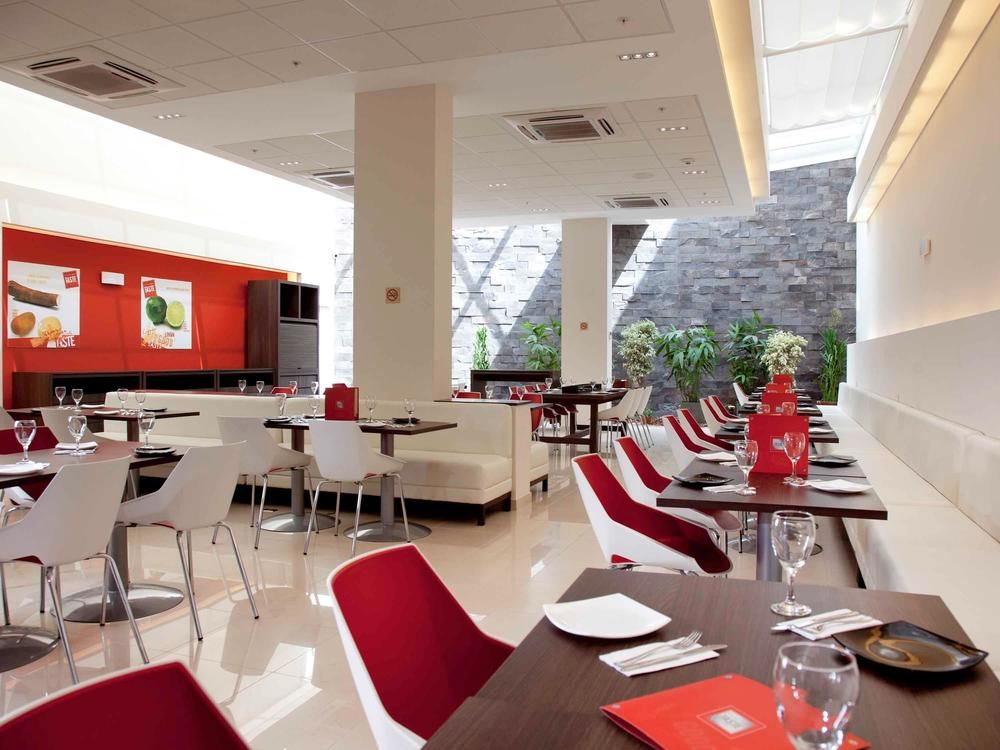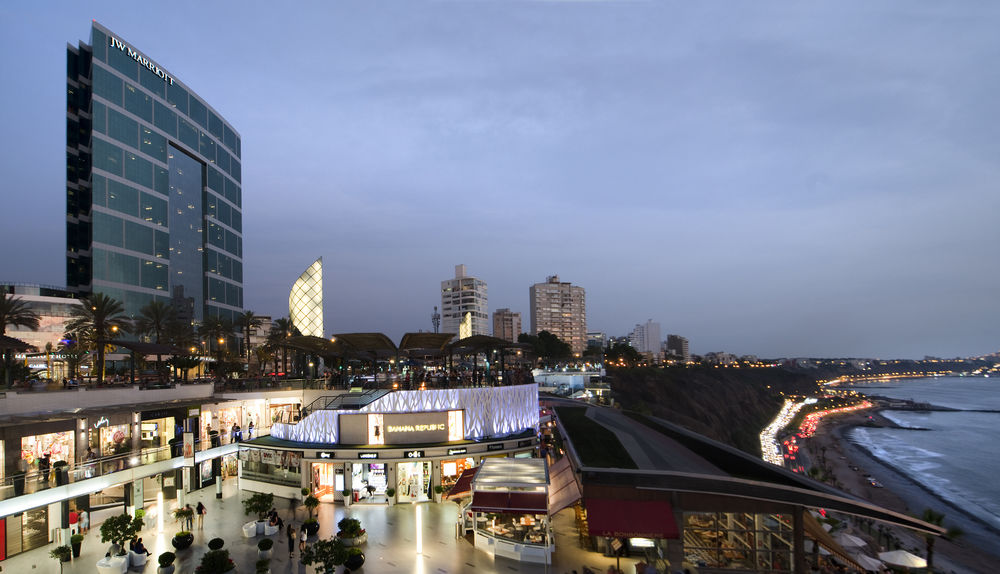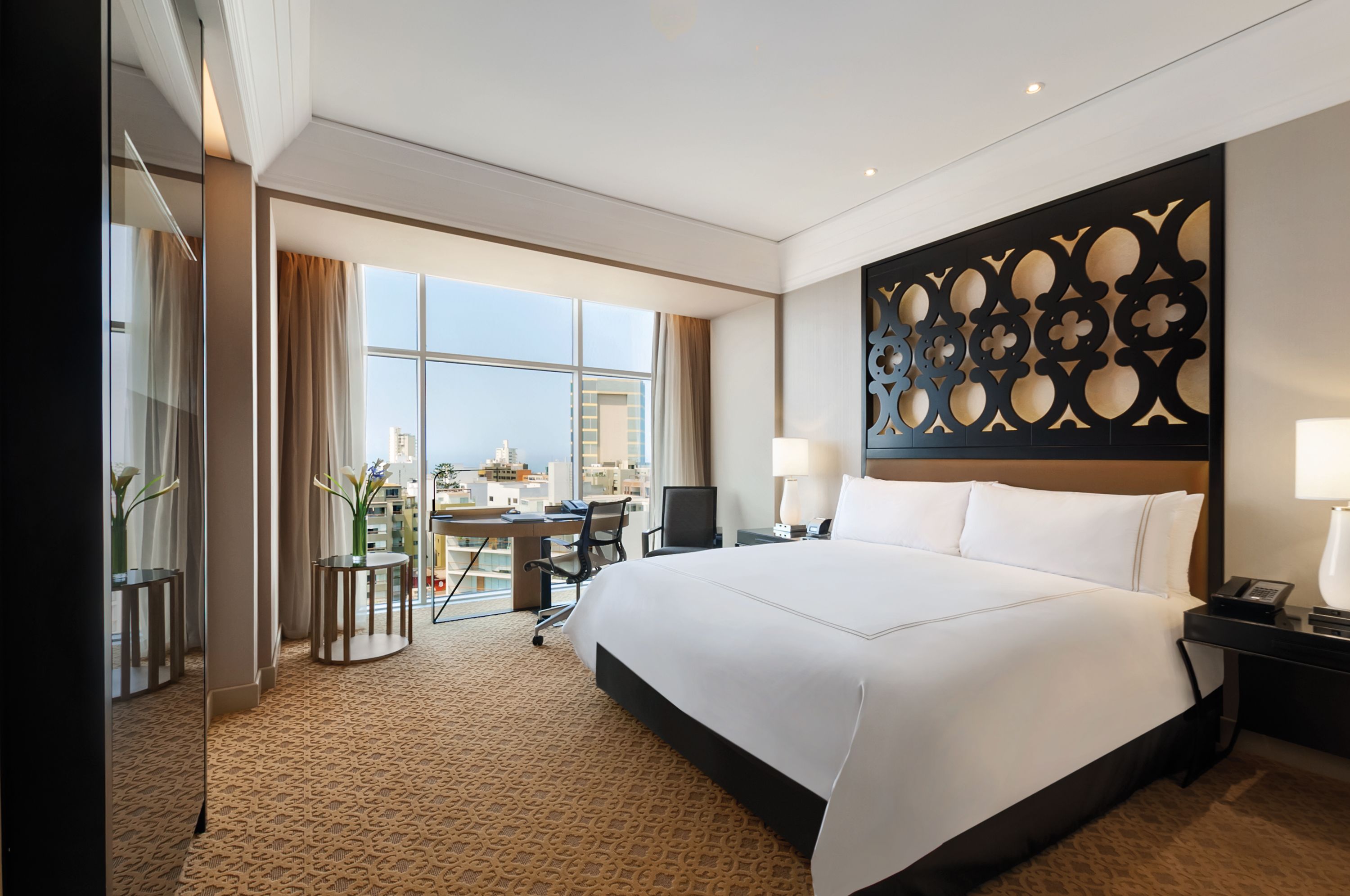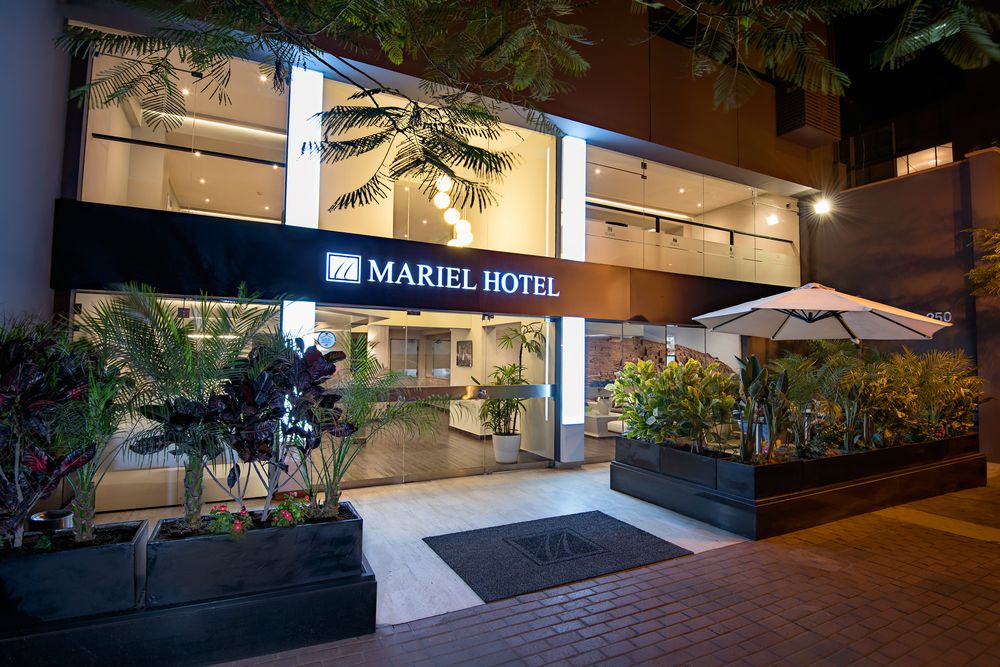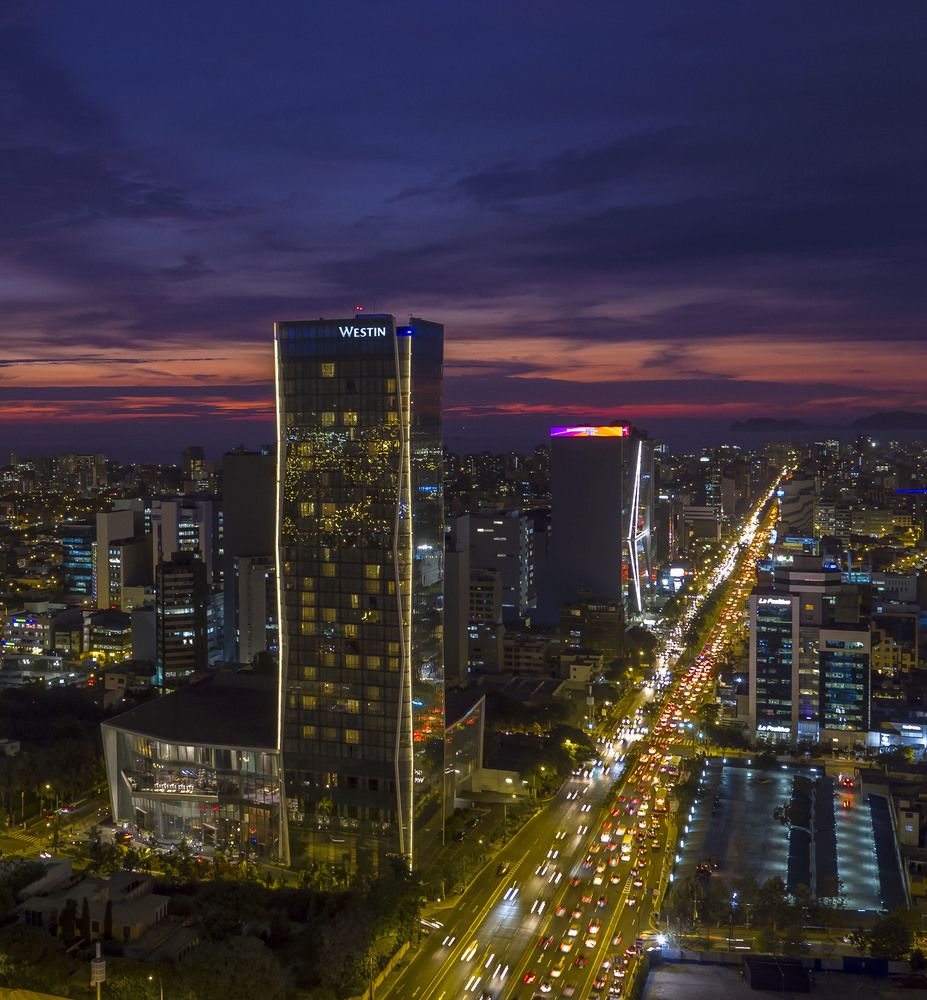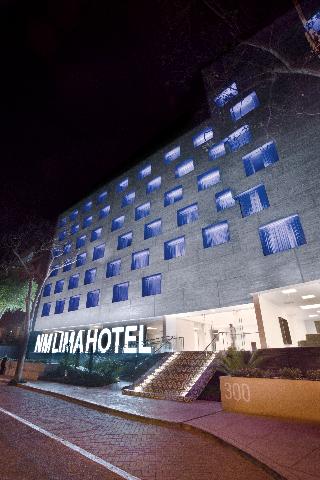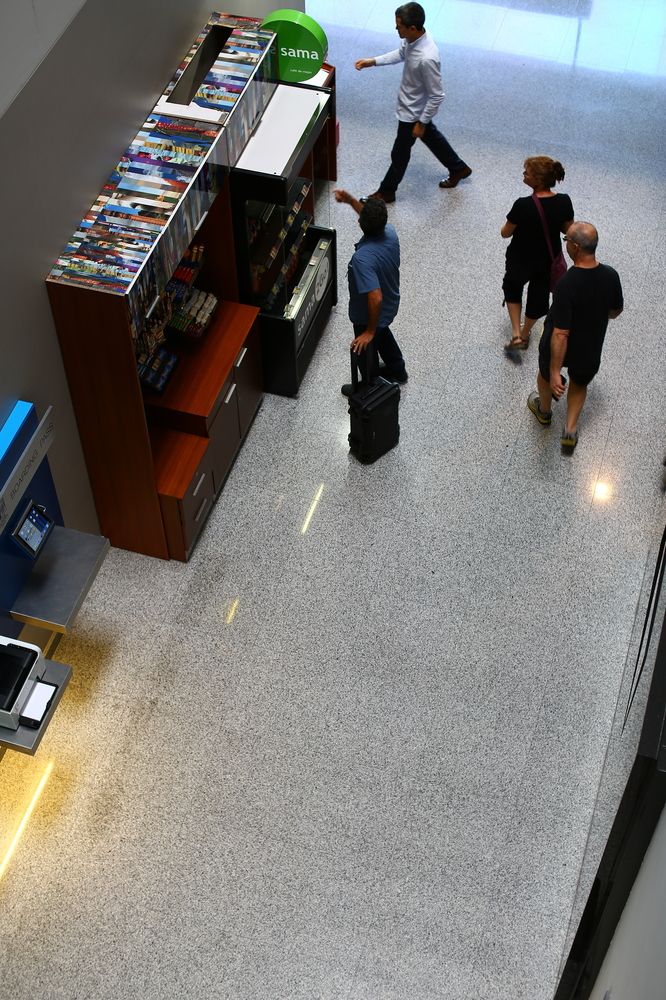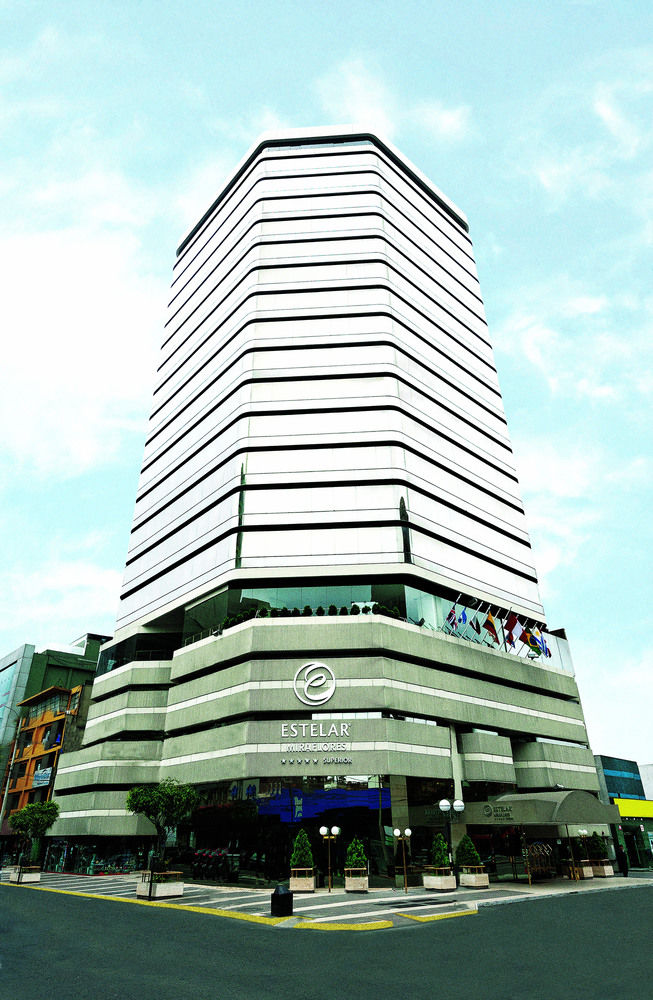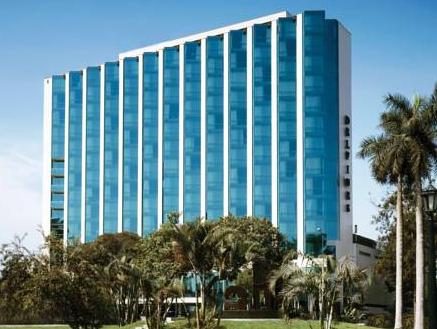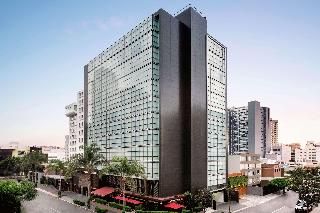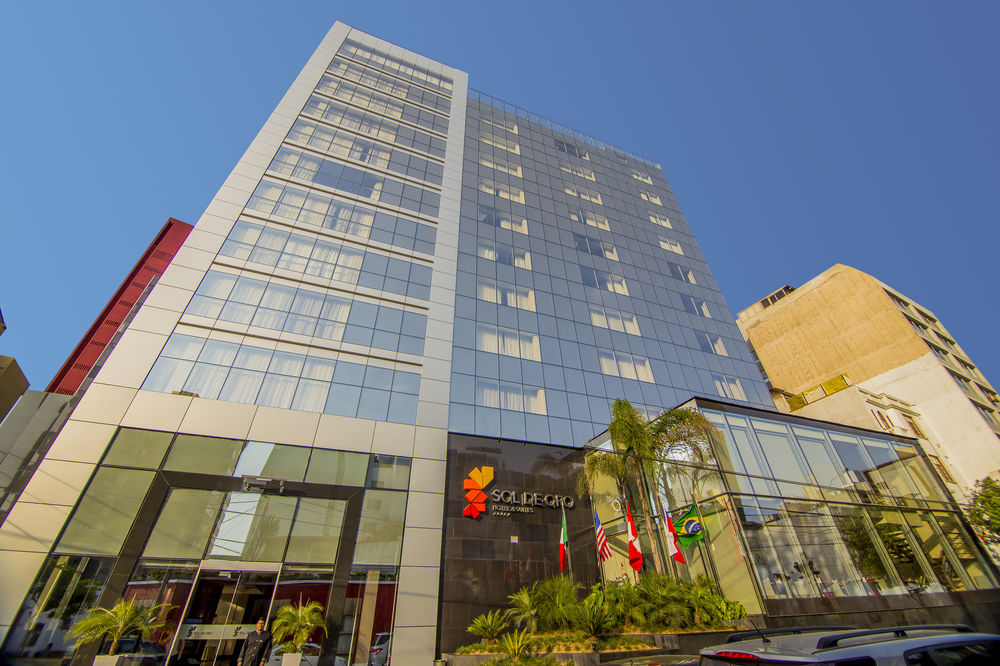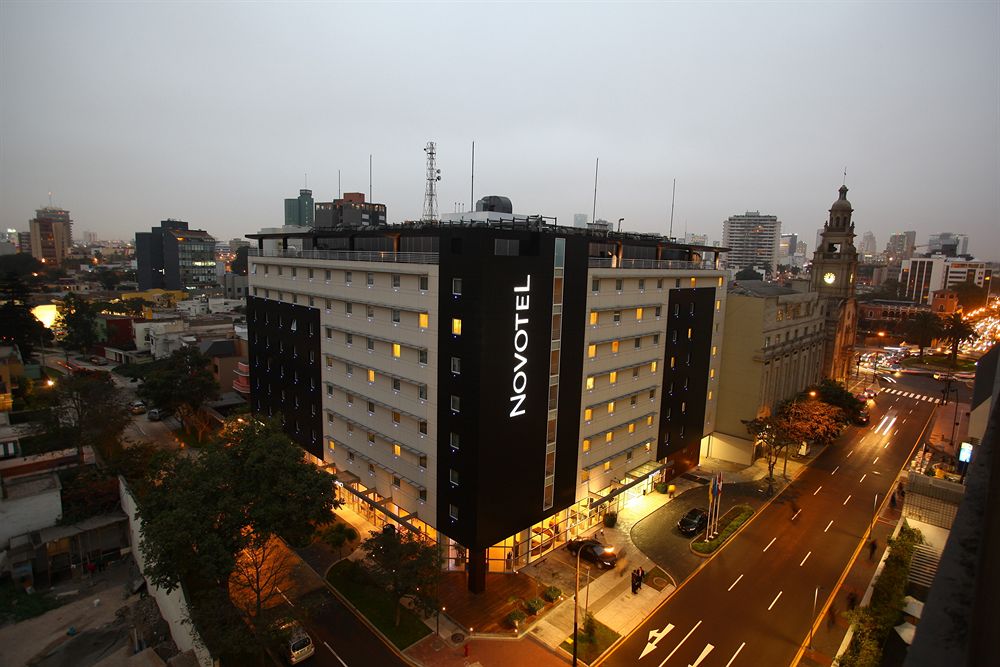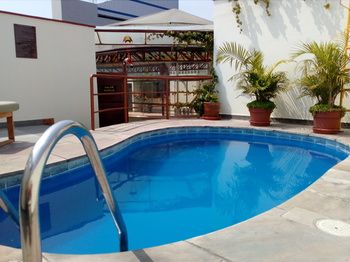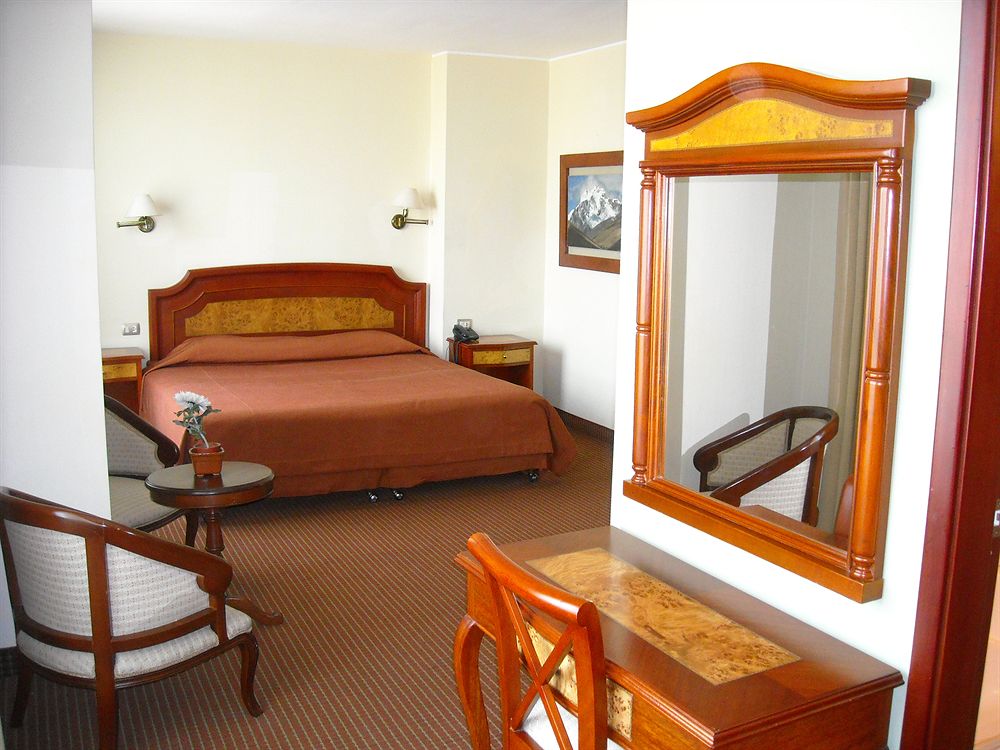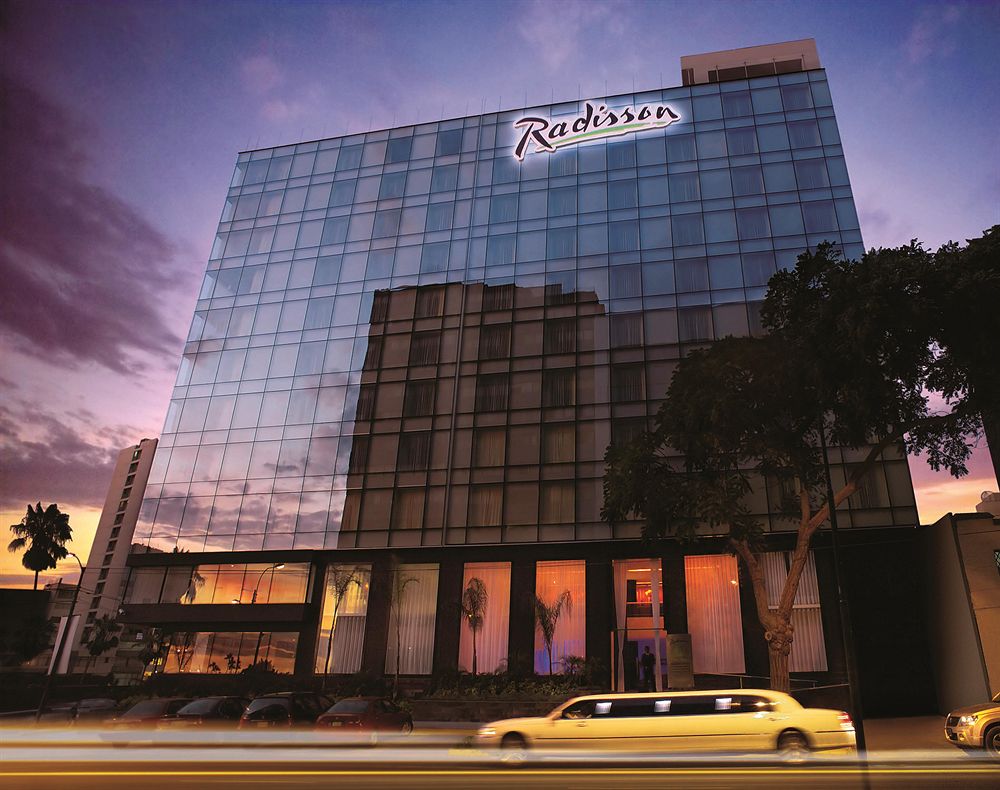
リマホテル検索結果
AIが見つけた軒のホテルの最安値をご覧ください。
ベストホテル
最安値のホテル
ホテル等級
AIおすすめ
リマベストホテル
リマ 最低価格のホテル
最高評価のホテル
リマにある5つ星ホテル
リマにある4つ星ホテル
リマにある3つ星ホテル
AIがおすすめする世界の旅行先
リマ近くのホテル情報
リマ 旅行に欠かせない情報
“One of the top 3 surfing locations”
Lima (, Spanish pronunciation: [ˈlima], Quechua: [ˈlɪma], Aymara: [ˈlima]) is the capital and the largest city of Peru. It is located in the valleys of the Chillón, Rímac and Lurín rivers, in the central coastal part of the country, overlooking the Pacific Ocean. Together with the seaport of Callao, it forms a contiguous urban area known as the Lima Metropolitan Area. With a population of more than 10 million, Lima is the most populous metropolitan area of Peru and the third-largest city in the Americas (as defined by "city proper"), behind São Paulo and Mexico City.
Lima was founded by Spanish conquistador Francisco Pizarro on January 18, 1535, as Ciudad de los Reyes. It became the capital and most important city in the Spanish Viceroyalty of Peru. Following the Peruvian War of Independence, it became the capital of the Republic of Peru. Around one-third of the national population lives in the metropolitan area.
Lima is home to one of the oldest institutions of higher learning in the New World. The National University of San Marcos, founded on May 12, 1551, during the Spanish colonial regime, is the oldest continuously functioning university in the Americas.
In October 2013, Lima was chosen to host the 2019 Pan American Games. It also hosted the December 2014 United Nations Climate Change Conference and the Miss Universe 1982 pageant.
In October 2015, Lima hosted the 2015 Annual Meetings of the World Bank Group and the International Monetary Fund.
 時間 UTC-05
時間 UTC-05 通貨 PEN
通貨 PEN 言語 Spanish, Quéchua, Aymara, Amazonian languages
言語 Spanish, Quéchua, Aymara, Amazonian languagesStaypiaだけの特別な特典
リアルタイムホテル最安値比較
AIが見つけたin リマの軒のホテルのリアルタイム最安値を簡単に比較検索できます。
316万軒のホテルを最安値で予約
最低価格に最大31%追加メンバーシップ割引でさらにお得にご予約いただけます。
自分だけの
AIがリアルタイムで更新するリマ旅行情報で便利に旅行を準備しましょう。
よくある質問
リマで最も人気のある5つ星ホテルはJW Marriott Hotel Lima, The Westin Lima Hotel & Convention Center, Hotel Estelar Mirafloresです。 リマ 評価順にホテルを見る
一般的なホテルの場合、客室予約はキャンセル締切日前まで無料返金が可能です。キャンセル締切日以降は手数料が発生する場合がありますので、ホテルバウチャーまたはメニュー>マイ予約でキャンセル締切日をご確認ください。
ステピアでは、AIが収集した316万件のホテルの最安値はもちろん、会員限定の追加割引価格で人気ホテルを予約することができます。
